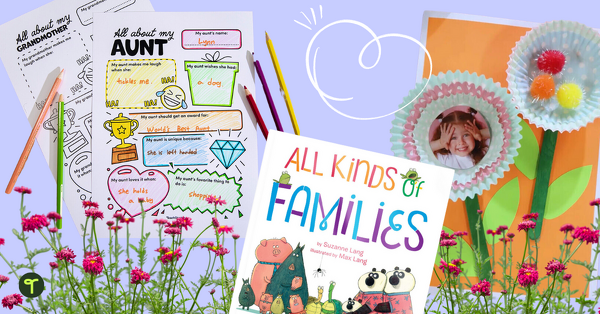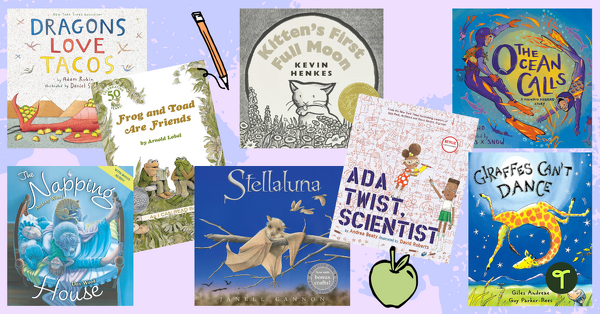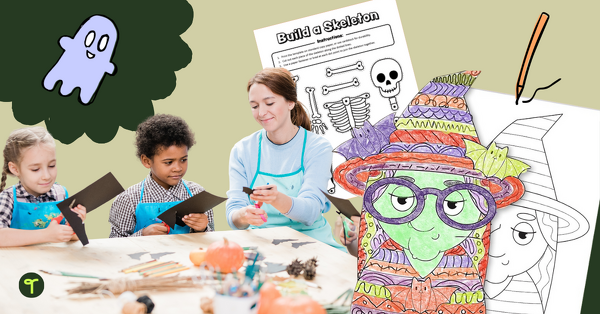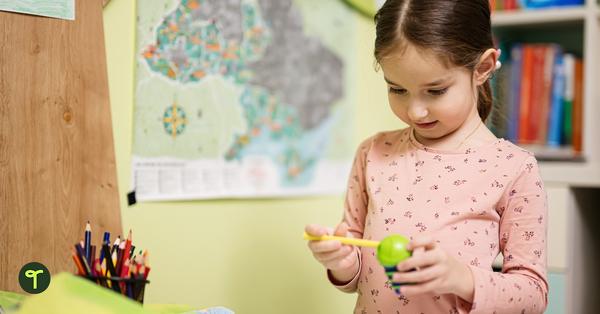It’s definitely not something they prepare you for at university. But, many of us are returning to face-to-face learning while COVID-19 cases rocket. As teachers, we play an important role in ensuring the children’s learning environment is safe. And there are certain things that teachers in Australia are implementing in their classrooms to help prevent the spread of COVID-19.

Shutterstock.com / Drazen Zigic
Preventative Measures for COVID-19 in the Classroom
Apart from learning about chance language and talking about the likelihood of someone in the class contracting COVID if they have been exposed to another student in the class all day – there are actually actions you can take in your classroom.
Spend time talking about COVID-19
Students understanding COVID-19 and how it spreads can help protect them and others. Like any change in classroom procedures, understanding why is only going to set the students up for success when it comes to remembering certain protocols in the classroom.
Hand sanitizer and hand washing
Often we talk about handwashing with our early years students, but going over effective hand washing with your students is important. Making sure they wash their hands or use hand sanitiser at key points during the school day. For example, when exiting and entering the classroom, touching surfaces, learning materials or books and after using a tissue to blow their nose.
Classroom set up ideas:
- Set up a hand hygiene station at the classroom door.
- Use visual posters to remind students of the best hygiene practices.
Here are some hygiene posters for the classroom:
- Coughing and Sneezing Hygiene Posters
- If You Need to Sneeze Hygiene Poster
- Germs are Not for Sharing Hygiene Poster
Teaching our children the correct way to wash their hands and also having a visual reminder or even a song is also advised.
We have these washing your hands posters available:
Windows and doors open for ventilation
Lowering the likelihood of air contaminants of any viruses in the air is to increase ventilation. Opening up windows and doors (when weather permits) is an easy way to increase ventilation in your classroom. Many schools are also receiving air purifiers for classrooms that do a great job as well.
Take the lesson outdoors
Again, weather permitting – taking your lessons outdoors is another way that you can curb the spread of the virus. Plus, the benefits of an outdoor classroom have been documented time and again. Better academic performance, enhanced attention, increased enthusiasm and engagement, and improved behaviour are just some of the other positive outcomes you can expect by taking a lesson outdoors.

Shutterstock.com / Oksana Shufrych
Outdoor Lesson Box
You might like to check out our Outdoor Lesson Box Cut and Assembly Kit. This is a great way to have everything you may need for a lesson outdoors all in one easy-to-grab box.

Individual containers for stationery items
One of the teachers we spoke to shared her set-up of student stationery supplies. Some schools share stationery supplies for students – which isn’t really possible when trying to prevent the spread of germs. She purchased some cheap clear tubs for students to use. They have their set number that they are going to use for the term (or year) and their number is also on each of the stationery items.

Create manipulative sets
Similar to stationery sets, teachers are creating individual manipulative sets for their students. Alternatively, you might like to check out our Maths Tool Kit Resource Pack. It is full of paper-based maths manipulatives that you could use to create individual student tool kits for the classroom or to use during home learning.
Hot tip: If you use playdough a lot. Provide each student with a small tub of plastic ziplock bag with their own playdough in it. This will prevent the re-sharing of playdough.
Any shared items to be sanitised after each use
If there is no other option but to share items, have a plastic tub labelled – ‘To be sanitised’ on it. Students know that if they touch anything they need to place it in this tub to be sanitised before it can go back into the classroom rotation.
Attach a pen to your lanyard
This was a great tip from one of the teachers, make sure you have your own pen handy (attaching to your lanyard), so you use that pen and don’t pick up other pens that may be lying around the classroom. Probably a good habit to get into anyway!
Wear a mask
We know masks work to prevent the spread of germs and teachers have been instructed to wear masks while teaching, easy said than done right? We recently published a blog with some do’s and don’ts when it comes to teaching with a mask on – What You Need to Know About Teaching With a Mask.
One tip I liked from a teacher was to make sure your water bottle you’ll be using has a straw attached – it’s much easier to just pop your mask down to take a sip of water when there is a straw available.

Shutterstock.com / wavebreakmedia









Comments